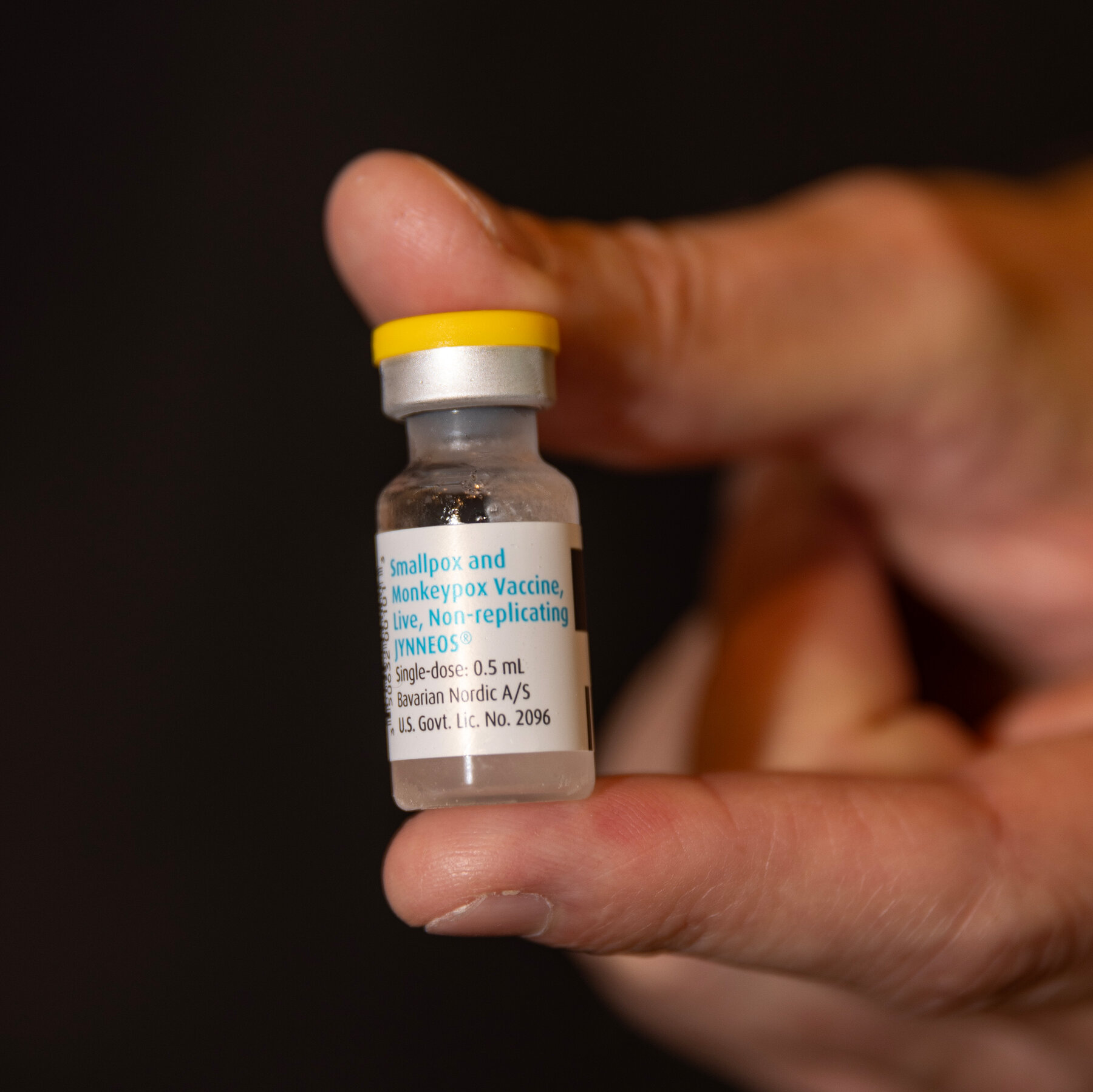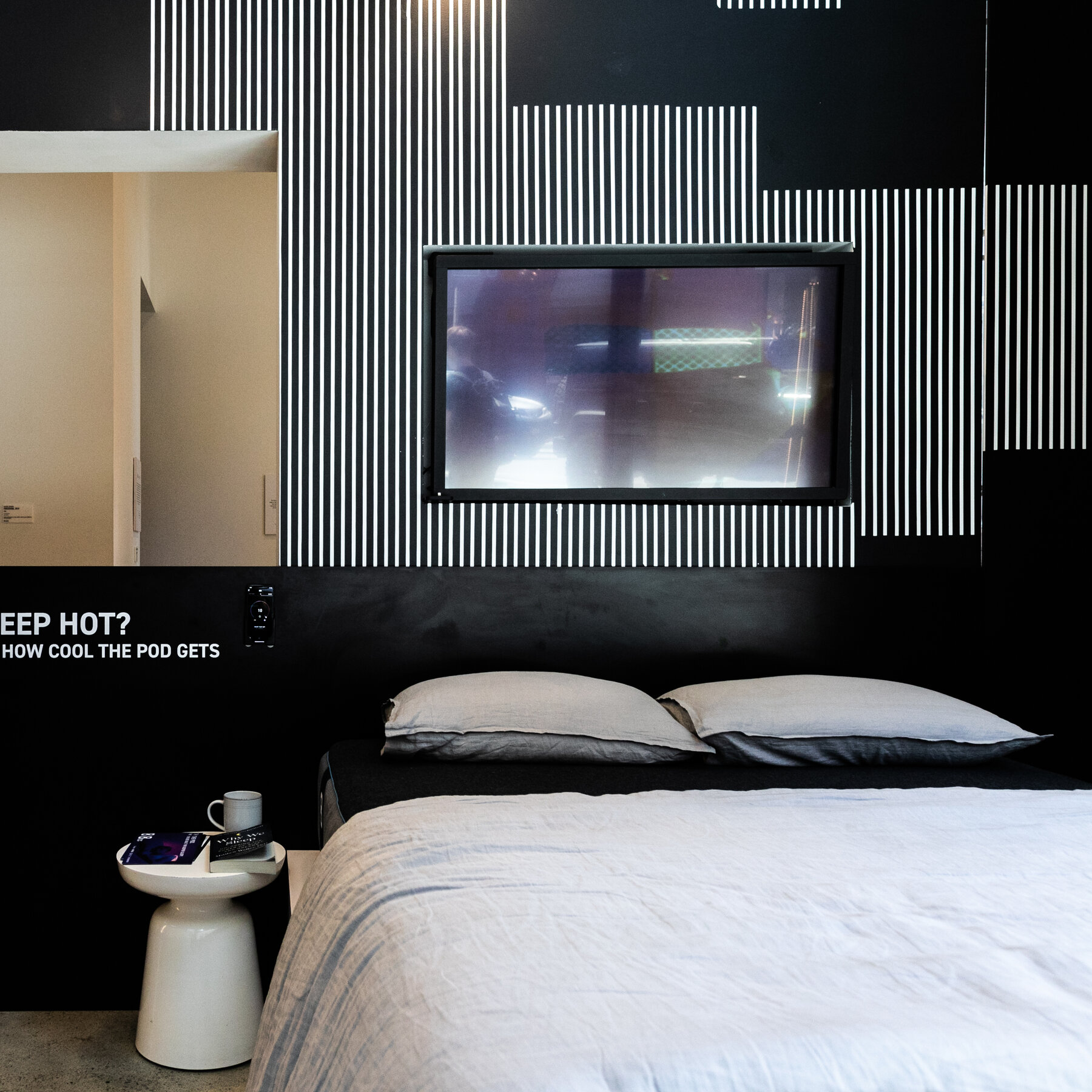U.S. Plans Compounds to House Palestinians in Israeli‑Held Half of Gaza
Background
Two years after the war in Gaza began, more than half a million Palestinians remain displaced, many of them living in overcrowded shelters or makeshift camps. The territory is effectively split: the northern and eastern sectors are under Israeli control, while the southern strip remains under Hamas administration. Humanitarian agencies have repeatedly warned that the prolonged separation is deepening the humanitarian crisis.
Details of the U.S. Initiative
The United States, in coordination with the United Nations Relief and Works Agency (UNRWA) and several NGOs, has announced a plan to build a series of temporary housing compounds in the Israeli‑held portion of Gaza. The compounds will consist of modular units, each equipped with basic amenities such as water, sanitation, and electricity. The first phase aims to accommodate up to 30,000 families, with the possibility of expanding to 100,000 as funding permits.
“Our goal is to provide safe, dignified shelter for those who have endured relentless conflict,” said a senior U.S. State Department official during a briefing in Washington.
Potential Benefits
The project could deliver immediate relief to tens of thousands of Palestinians who have lived for months in tents or damaged buildings. By concentrating services within the compounds, aid organizations hope to improve access to:
- Medical care and mental‑health support
- Education for children
- Food distribution and clean water
- Protection from further violence
Proponents argue that the compounds will also create a more manageable environment for humanitarian coordination, reducing duplication of efforts and streamlining the delivery of aid.
Criticism and Concerns
Human rights groups and some Palestinian leaders have voiced serious reservations. They argue that establishing permanent‑like structures in the Israeli‑controlled area could legitimize a de‑facto partition of Gaza, cementing a division between Israeli‑administered and Hamas‑run zones. Critics fear this may:
- Undermine the principle of a unified Gaza under a single political authority
- Complicate future peace negotiations by creating “facts on the ground”
- Lead to unequal distribution of resources, favoring the Israeli‑held side
“Any solution that solidifies the split risks entrenching the very separation we have been trying to reverse for decades,” warned a spokesperson for the Palestinian Authority.
International Reactions
The European Union has expressed cautious support, emphasizing the need for neutral monitoring to ensure the compounds do not become tools of political leverage. The United Nations has called for the project to be implemented under its oversight, urging transparency and equitable access for all displaced residents, regardless of the side of the divide they currently occupy.
Looking Ahead
Implementation is slated to begin in early 2026, pending the delivery of funding from the United States and contributions from international donors. While the initiative promises much‑needed shelter, its long‑term impact will hinge on how the international community addresses the underlying political fragmentation of Gaza.






